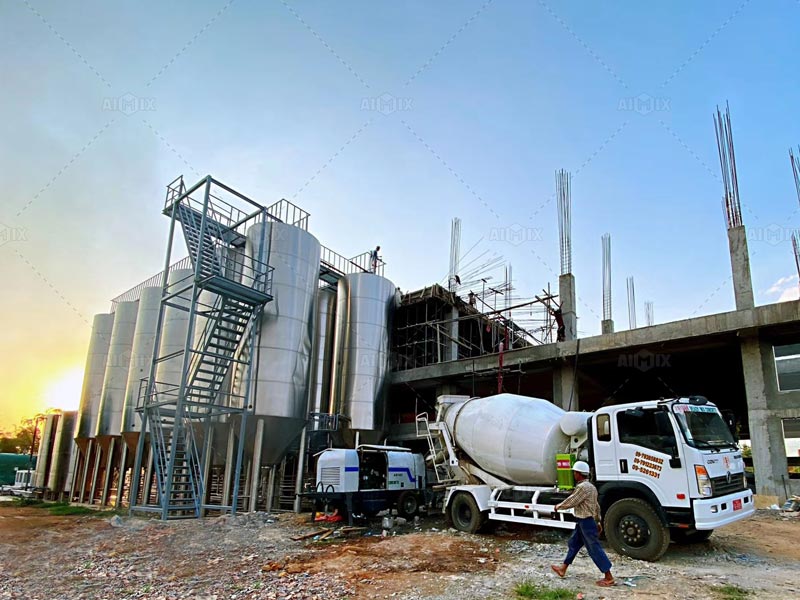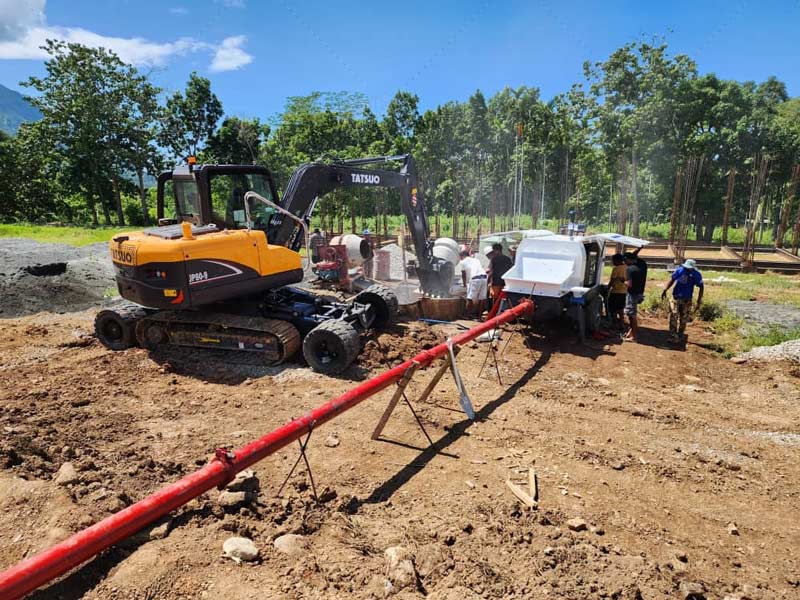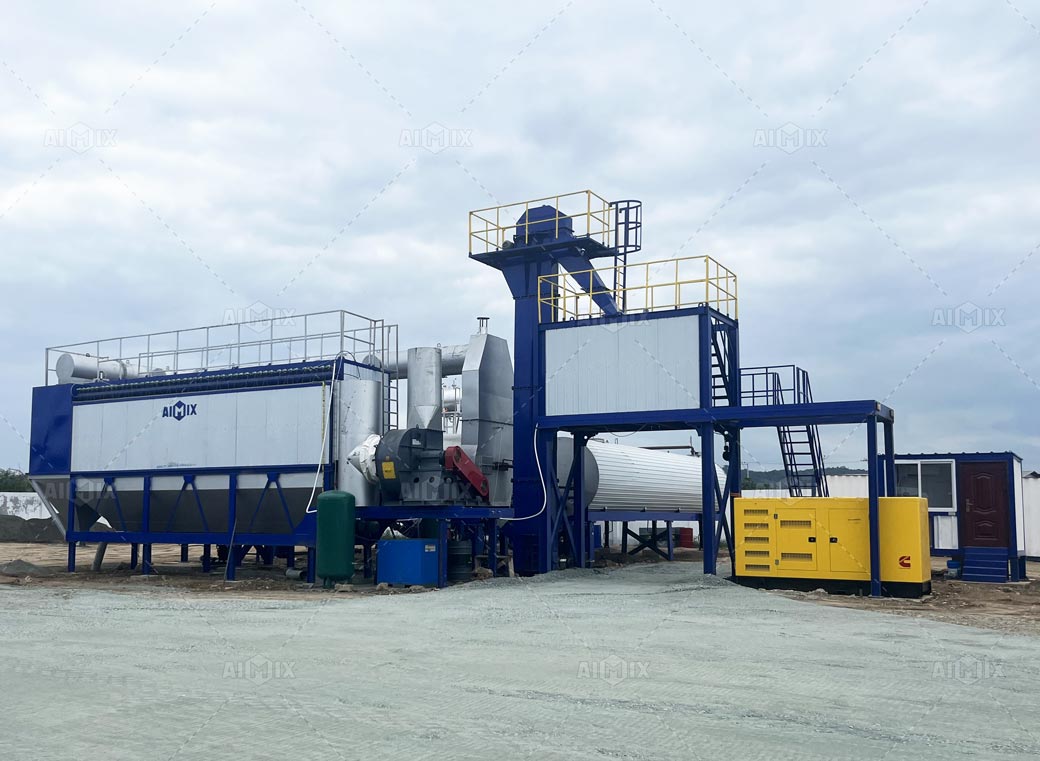Market Trends For Mobile Concrete Plants In Latin America
This rapid growth has fueled rising demand for reliable and efficient concrete production systems. In this context, the mobile concrete plant has become a preferred solution, offering flexibility, cost savings, and adaptability for diverse projects. Understanding current market trends helps contractors and suppliers align strategies to maximize opportunities in this competitive sector.
The Role Of Mobile Plants In Latin American Construction
Latin America’s construction market is unique due to its diverse geography, ranging from dense urban centers to remote mining towns and mountainous regions. Traditional stationary plants, while suitable for large projects in fixed locations, often fail to meet the needs of contractors working on scattered or temporary projects.
The mobile concrete plant(planta de hormigon movil) addresses these challenges by offering easy relocation, quick installation, and consistent production quality regardless of location. Contractors can bring the plant directly to the jobsite, reducing transportation costs, ensuring faster project delivery, and minimizing material waste. For many companies, these advantages justify the investment even when the concrete plant price is higher than traditional alternatives.

Key Market Drivers
Several factors are driving the adoption of mobile plants in Latin America:
Urban Expansion
Rapid urbanization is creating constant demand for new residential, commercial, and public infrastructure. Mobile plants make it easier to supply concrete to urban construction sites where space is limited and flexibility is essential.
Government Infrastructure Programs
Large-scale government initiatives focused on roads, bridges, and rural development require versatile equipment. Mobile plants allow contractors to shift resources between projects, improving efficiency and maximizing asset utilization.
Economic Considerations
Although the concrete plant price(planta de hormigón precio) may vary depending on features and capacity, mobile plants often deliver greater long-term value. Savings on transportation, labor, and setup time help offset initial investments, especially for contractors engaged in multiple small-to-medium projects.
Comparing Mobile And Stationary Plants
When considering a new concrete plant, contractors in Latin America often weigh the differences between mobile and stationary designs. Stationary plants excel in producing high volumes over long-term projects, such as large-scale urban developments. However, their installation and relocation costs are significant.
Mobile plants, on the other hand, are ideal for projects with shifting locations, like highway construction or rural housing programs. The ability to move quickly between sites ensures continuous productivity and reduces downtime. This flexibility has made mobile options particularly attractive for mid-sized companies seeking to expand their market reach.
Technology And Innovation Trends
Modern mobile plants are not only portable but also technologically advanced. Features such as automated control systems, precise weighing mechanisms, and energy-efficient components ensure consistent quality while reducing operational costs. Many suppliers now offer hybrid designs that combine mobility with high-capacity output, blurring the traditional lines between stationary and mobile models.
Another emerging trend is digital integration. Mobile plants with remote monitoring capabilities allow contractors to track production metrics, diagnose issues, and optimize operations in real time. These innovations increase competitiveness and help companies meet stricter quality and safety standards.
Regional Differences In Adoption
While the overall trend favors mobile plants, adoption varies across countries. In Brazil and Mexico, urban megaprojects drive demand for both stationary and mobile solutions. In Peru and Colombia, where terrain and logistics are more challenging, the mobile concrete plant is often the first choice. Contractors in Chile focus heavily on durability and seismic-resistant construction, influencing the demand for technologically advanced plants.
These regional nuances highlight the importance of aligning product offerings with local market needs. Suppliers who understand these differences and provide customized solutions are more likely to succeed in building long-term client relationships.
Sustainability Considerations
Sustainability has become a central issue in Latin American construction. Mobile plants can support eco-friendly practices by reducing transportation distances, lowering fuel consumption, and minimizing material waste. Many modern plants also feature dust collection systems and water recycling capabilities, aligning with environmental regulations and community expectations. Contractors who adopt sustainable equipment not only comply with regulations but also enhance their reputation in the market.
Future Outlook For Mobile Concrete Plants
The outlook for mobile plants in Latin America is highly positive. Urbanization will continue to drive demand, and governments will maintain their focus on infrastructure development. Rising competition among suppliers will also encourage innovation, resulting in better pricing and more advanced features for buyers.
For contractors, the decision to invest in a concrete plant(planta de concreto)—whether mobile or stationary—should be based on project type, geographic location, and long-term strategy. However, the flexibility, efficiency, and adaptability of mobile solutions make them a strong choice for many companies aiming to stay competitive in a rapidly changing market.
Conclusion
Mobile concrete plants are reshaping construction practices across Latin America. They combine flexibility with efficiency, enabling contractors to meet the challenges of urban expansion, infrastructure development, and diverse project environments. While the concrete plant price remains an important factor, the long-term benefits of mobility and automation far outweigh the initial investment. As cities grow and infrastructure demands increase, the mobile concrete plant will continue to play a critical role in ensuring timely, cost-effective, and sustainable construction across the region.
Subscribe to unlock premium content
Sed at tellus, pharetra lacus, aenean risus non nisl ultricies commodo diam aliquet arcu enim eu leo porttitor habitasse adipiscing porttitor varius ultricies facilisis viverra lacus neque.



